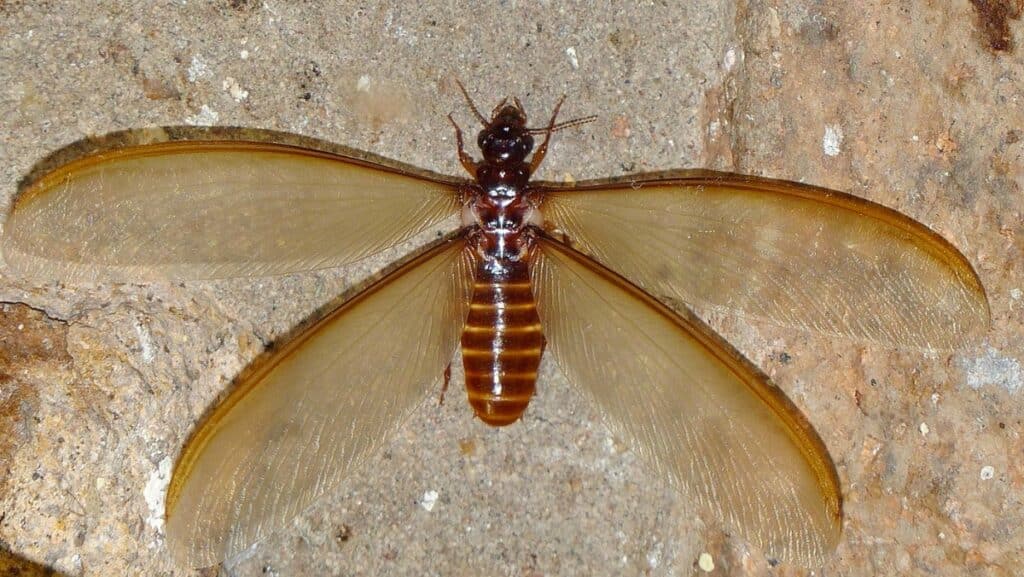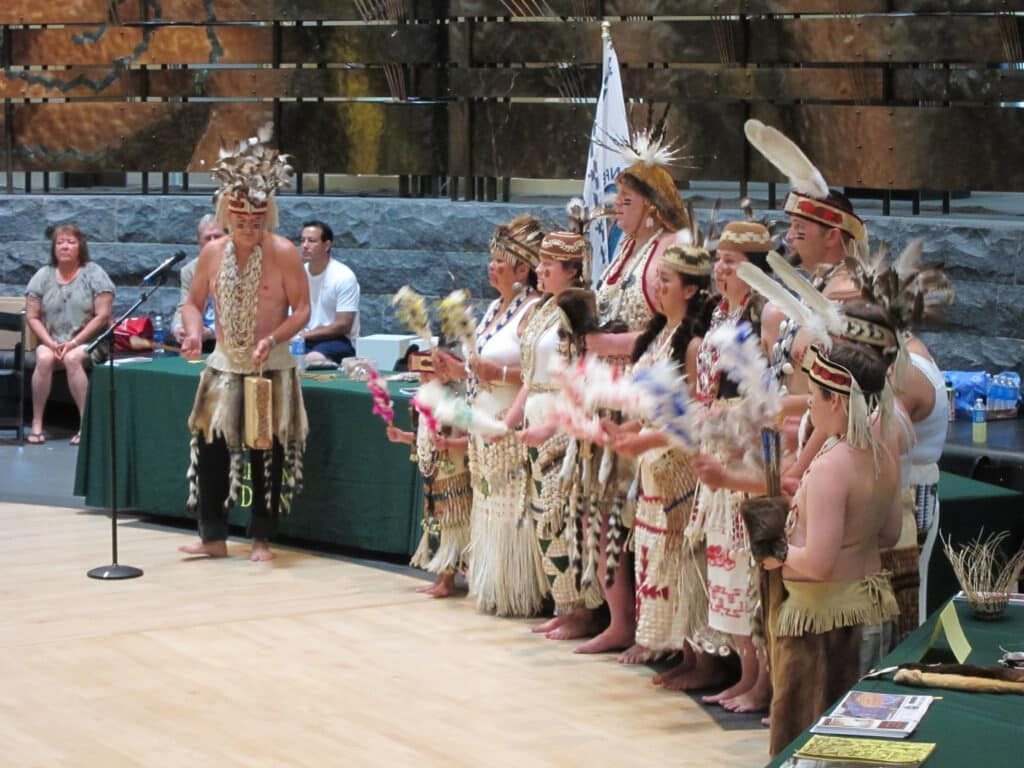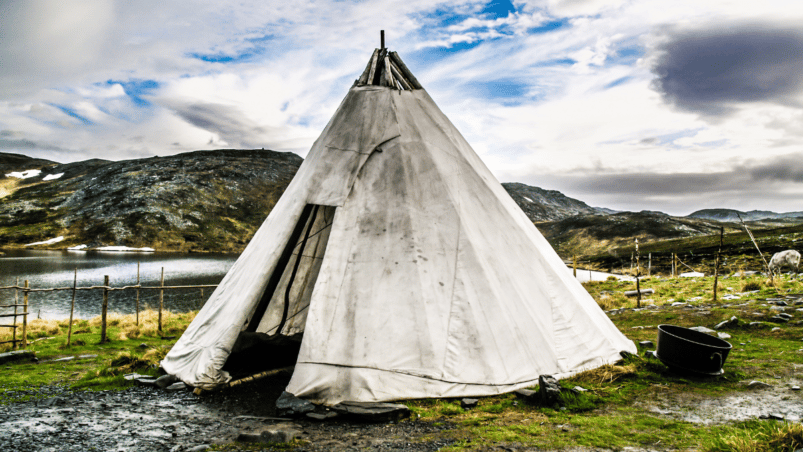There is too little attention to the threats climate change poses to intangible heritage. This conclusion, drawn from an IPCC report, should be broadly discussed at the COP27 climate summit this week in Egypt. With very few plans in place to protect age-old rituals and customs that are based on seasonal changes in nature, many intangible heritage practices are bound to be disturbed and disappear because of climate change.
The lack of plans to protect intangible heritage is remarkable, as there is little attention to it and measurement tools to assess what damages or extinction would mean are not adequate. But how can intangible heritage be affected by climate change in the first place? And who is affected by it?
Often Indigenous and local communities are the first to notice changes in the environment. Their knowledge of local species and weather has been built over many generations of observation and cultural interaction, making them experts on their own surroundings.
Take for example indigenous celebrations or customs, tied to seasonal or natural events. In the United States of America, the Siletz people use the emergence of so-called ‘eel ants’ or flying termites, and other environmental signals to start their Pacific lamprey harvest and traditional eel dance. With changes in the climate, come changes in seasons and in the environment. It will eventually lead to changes in cultural traditions, writes Adam Markham, deputy director of the Climate & Energy program at the Union of Concerned Scientists.

That is already a reality for the Native Alaskan Iñupiat. Their bowhead whale-hunting and spring whaling festival have been integral to the community identity for thousands of years. But climate changes to marine wildlife and the environment are threatening those customs.
While they are the first people to notice the effects of climate change, indigenous people are far too often overlooked and underrepresented in research and politics. They have not been provided access to decision-making and climate action planning. And because of that, adaptation plans are poorer, missing key knowledge, insights and tools.

Alongside the political and academic underrepresentation, their way of life is threatened or becomes simply impossible. Think about the Sámi people in the northern parts of Norway, Sweden and Finland. Because of the changing environment, herding reindeer – one of their cultural customs and primary sources of income – is becoming more difficult. Therefore they have to abandon their cultural customs and move to cities to make a living.
Lack of knowledge
For now, many organisations are pushing hard to make heritage become a part of the global climate change strategy, for example with the Climate Heritage Manifesto issued for COP27. However, built heritage sets the tone, according to the IPCC report. Many climate risk assessments and policies are mainly focused on how to prepare and protect buildings, monuments or archaeological sites. Take a look at the EU report ‘Strengthening cultural heritage resilience for climate change’, which features 83 good practice examples on how to adapt heritage to climate change. Only a handful of those are not about built heritage.
To be fair, the authors themselves certainly haven’t forgotten about the intangible side of heritage. But their conclusion that most participants – mostly heritage professionals – had little to no clue how climate change affects intangible heritage, is not hopeful at all. It “clearly showed a significant lack of knowledge of the intangible aspects of the heritage at risk.”
Measuring tool
Trying to gather information on how climate change can damage intangible heritage turns out to be pretty difficult, at least with the current measurement tools. This approach of loss and damages, one of the most important topics discussed at COP27, is primarily focused on making economic assessments of the effects of climate change, the EU report ‘Stormy Times‘ mentions.
Without going into the political dynamic of the COP27 too much, it is clear that money plays a key role in deciding how buildings and other heritage sites can be protected. Investing in the reinforcement of structures, more research or implementing sustainable policies comes at a cost. However, making an economic assessment of the damage done to a building is far easier than making an assessment of the damage done by cancelling the earlier-mentioned whale festival in Alaska. For intangible heritage, the economical assessment of the costs of climate change comes up short.
Nonetheless, intangible heritage definitely adds something to the fight against climate change. For example, pastoral systems used by nomadic people in Africa were used as a response to their environment becoming dryer thousands of years ago. Water access and management practices from the past could contribute a lot to modern society.
But merely sending an army of researchers to dry areas to map these kinds of solutions is not enough. It requires specific knowledge which centres indigenous and local knowledge and resilience strategies based on traditional practices and customs. High time to develop a new measuring tool, one including intangible heritage and those that have proper knowledge about it.

